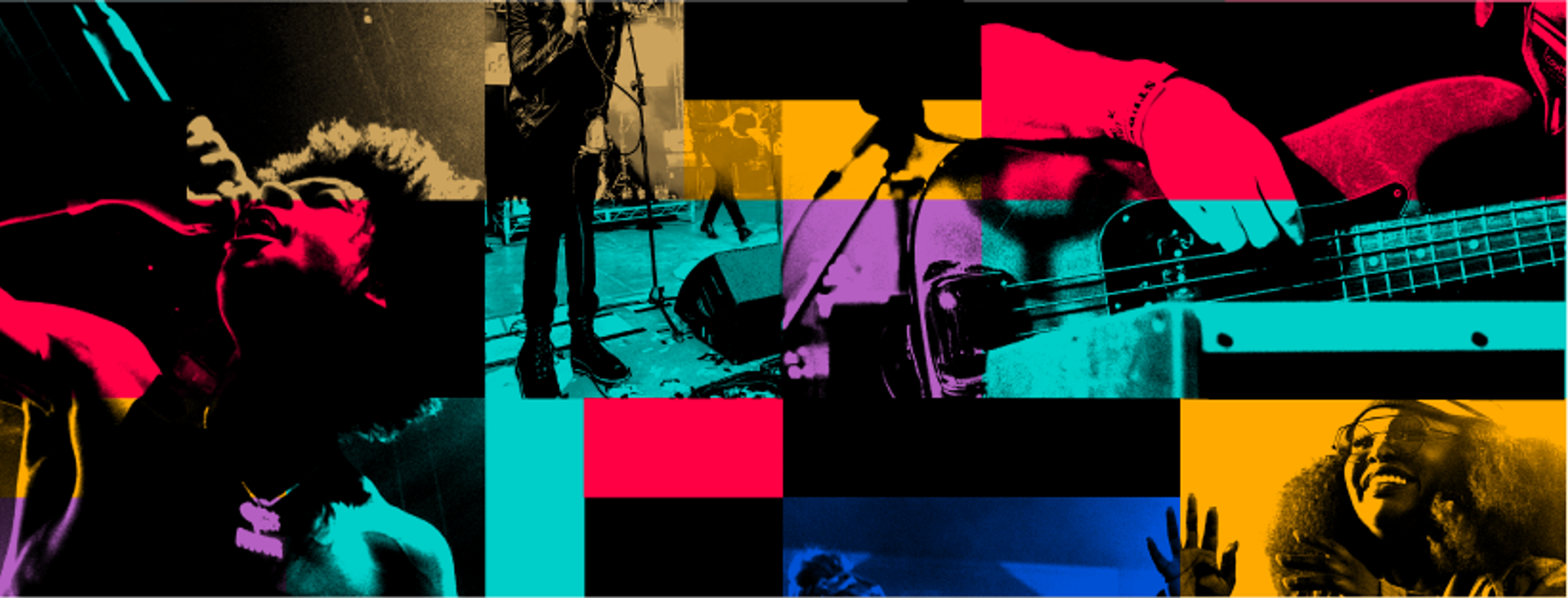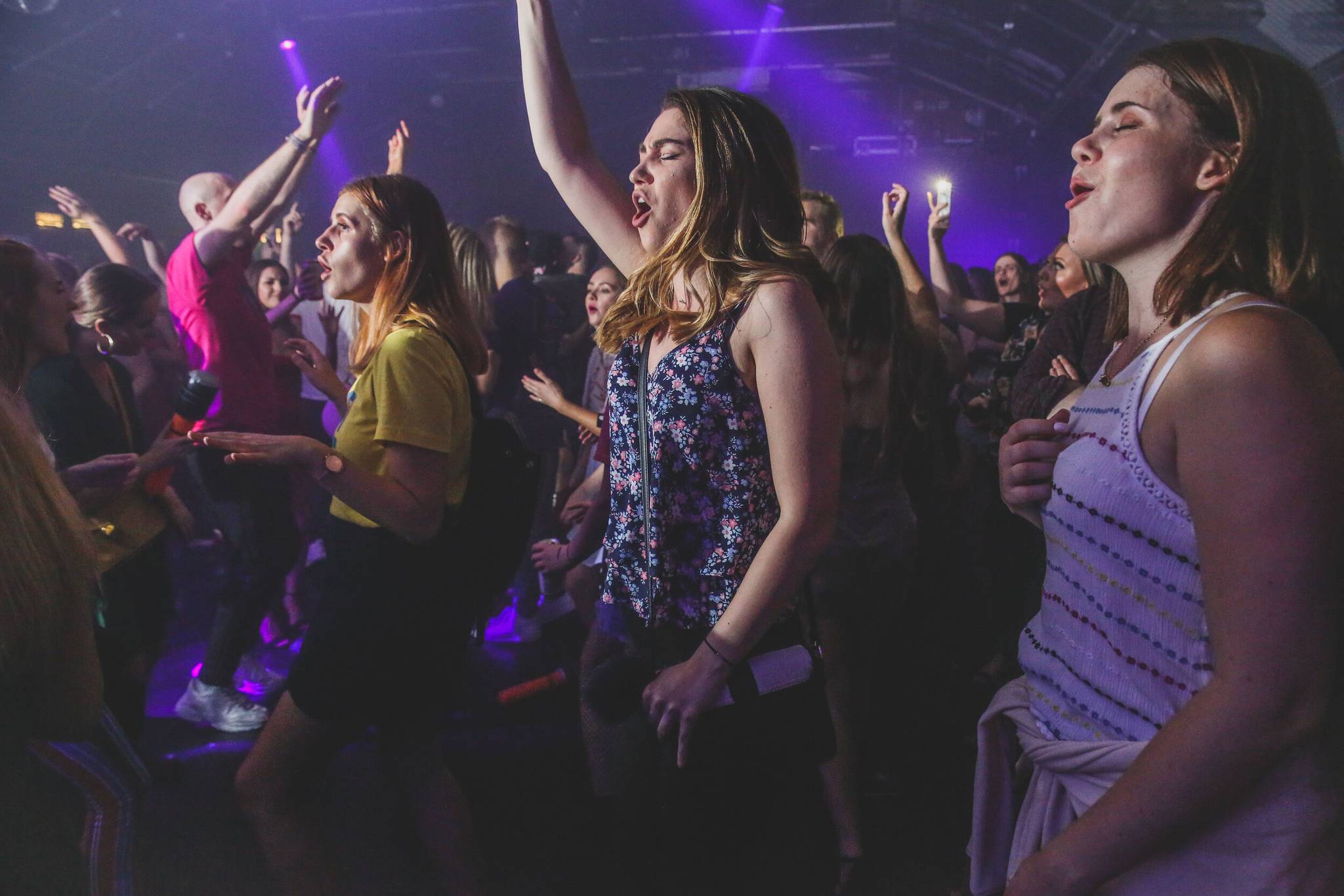
Concert-goers are seeking out the thrill of IRL events that are part hedonism, part escapism and a whole lot of fun. Pop culture can serve as an emotional antidote to the chaos and unpredictability of many people's lived realities, but what’s the psychology behind these thriving fandoms?
“When you’re not religious, the concert venue is the closest thing you have to a church,” says American musician Weyes Blood in an interview with The Music. “If the church is done and God is dead, that energy has to be redistributed — and I think it’s wound up in entertainment, for better or for worse.”
This sentiment could not ring truer today. It’s no coincidence that our favourite pop girlies’ mega-tours are dominating headlines at a time when people’s faith in traditional institutions is crumbling to an all-time low.
Pop stars have commanded the faith of legions of fans for decades, but today’s concert-goers are displaying highly visceral levels of dedication that is best encapsulated in the phrase “screaming crying throwing up”.
With 6 in 10 Gen Zers identifying as a superfan in some way, this cohort is now pulling out all the stops when it comes to concert attendance. From Swifties driving up credit card applications in Singapore to the Beyhive turning the Renaissance tour into a fashion show, fandoms are taking over.
And with the borderline criminal amount of blood, sweat, and tears it takes to even secure a ticket in the first place, the emotional pay-off in seeing idols up close and personal is a fan experience like no other.
Super fandom is becoming defined by heightened parasocial connections between artists and their followers, and packed-out concerts are the spaces in which these evolving dynamics materialise in their rawest and realest form.
“When you go and see someone who fulfils that role for you and has given all that to your life and you see them live in the flesh, it can evoke all kinds of passions and unexpected reactions,” says Michael Bond, author of Fans: A Journey Into The Psychology Of Belonging. “That meaning is coming out in real-time.”
When fans are in the presence of an idol and superstar it can trigger a rush of dopamine and serotonin, and these intense psychological responses can spread through a crowd in something known as emotional contagion.
But while concert experiences remain positive and wholesome for the most part, the recent spate of fan misbehaviour has sparked heated discussions about concert etiquette. It’s easy to blame Gen Z and their lack of decorum — many of them have only attended their first live music events post-pandemic.
However, others have rightfully called to attention the harms of parasociality where people feel increasingly entitled to the attention of their favourite celebrities even going so far as to harass them or make them feel uncomfortable onstage.
And as artists like Doja Cat begin to push back against the narrative of hyper-proximity, it’s clear that both idols and their devotees are recalibrating expectations and boundaries. But a few bad apples doesn’t mean that superfans are doomed to toxicity.
Initiatives like STAN-CON and Swiftogeddon are reimagining fan relationships, emphasising a symbiotic, community-first approach to fandom and connection in online and offline spaces. And what better way to be a fan than to create a sense of belonging and empowerment that is an enjoyable experience for all?



